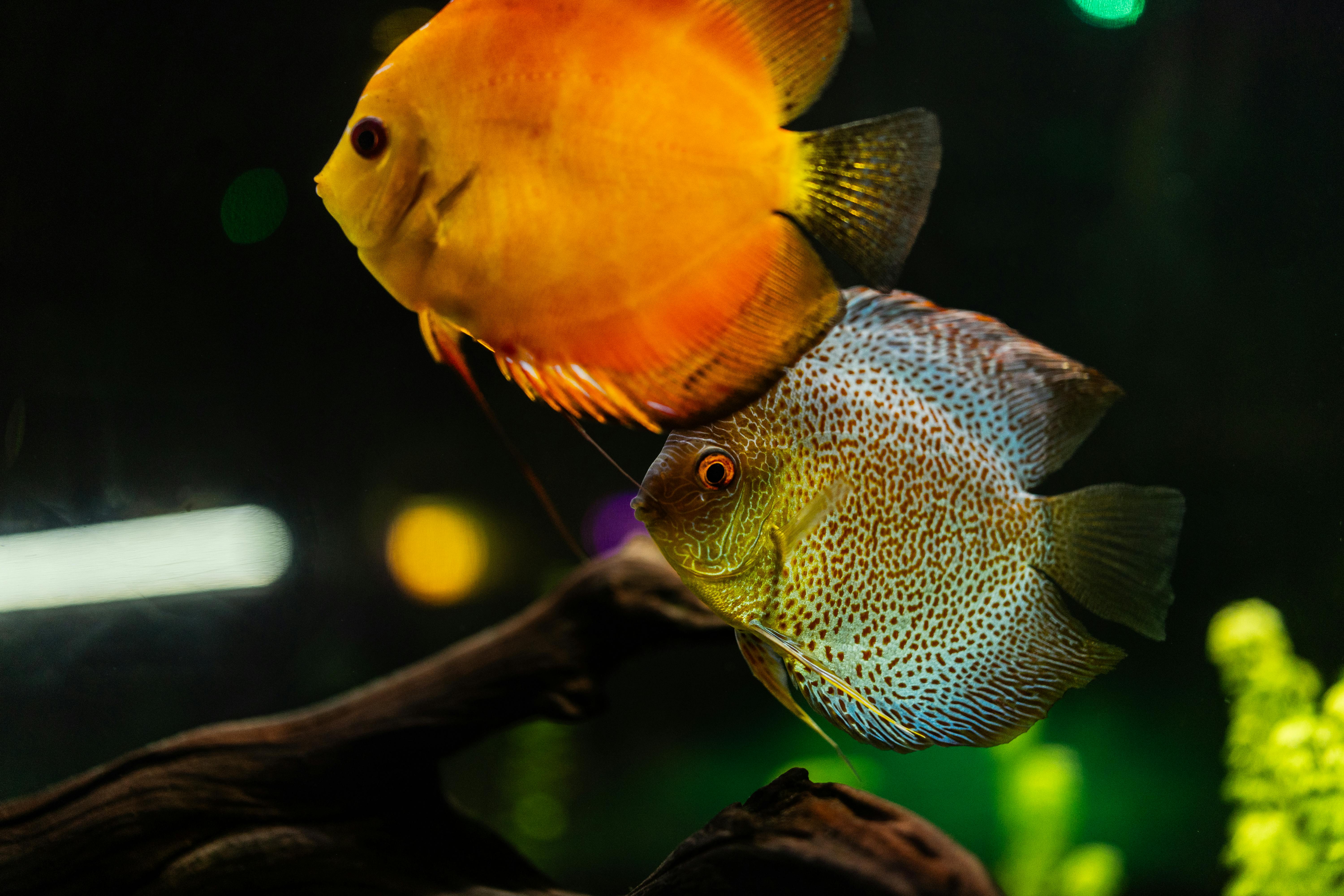
Apply Now


Best 5 Betta Fish Types to Explore in 2025
Introduction to Betta Fish Varieties
Betta fish, known for their stunning colors and engaging personalities, are among the most popular pet fish globally. As we step into 2025, the allure of various betta fish types continues to captivate aquarium enthusiasts. These vibrant creatures not only bring beauty to any aquarium but also provide an opportunity for pet owners to learn about fish care, breeding, and habitat setup. In this article, we will explore five remarkable types of betta fish that stand out in the realm of aquaristics. The importance of understanding these different species extends beyond aesthetics; it encompasses the specific requirements for maintenance, tank setup, and social behavior. Each betta type possesses unique traits that can affect compatibility with other fish, making it essential for prospective owners to choose wisely. As we delve deeper into the distinctive characteristics of these bettas, we’ll also highlight their care needs, breeding tips, and where you might find them for sale.Essential Insights about Betta Fish Care
Understanding Betta Fish Size and Varieties
When considering the biggest betta fish, it’s important to recognize the specific characteristics that define various betta species. Typically, betta fish can grow to lengths of 2 to 3 inches, with some giant betta fish species, such as the Betta splendens, reaching sizes closer to 4 inches. This variation in betta fish sizes can influence the type of aquarium required for their habitat. For instance, larger betta fish will need more spacious environments to thrive, along with suitable tankmates to avoid territorial conflicts. Taking care of a betta fish includes monitoring their health, ensuring appropriate water conditions, and providing a balanced diet. Betta fish typically have a lifespan of 3 to 5 years, but with optimal care, many can live much longer. Understanding betta fish genetics also plays a crucial role in determining their colors and patterns, making it exciting for breeders and enthusiasts alike to explore.Choosing the Right Betta Fish Habitat
Creating a suitable betta fish habitat involves considerations about tank size, filtration, and decorations. A tank of at least 5 gallons is generally recommended to ensure adequate space for movement and to maintain stable water conditions. Betta fish are known to exhibit territorial behavior; thus, their tank environments should provide hiding spots and distinct areas to reduce stress during breeding or when introduced to new fish. In addition to the tank setup, maintaining the right water temperature is essential. Betta fish thrive in warmer waters, ideally between 76°F to 82°F. It’s vital to regularly check water quality and perform partial water changes to maintain optimal conditions. Adding live plants can enhance their habitat and help mimic their natural environments, providing enrichment opportunities and places to explore.Betta Fish Colors and Patterns Explained
One of the most striking features of betta fish is their incredible range of colors. From vibrant reds and blues to unique pastel shades, the spectrum is vast. Betta fish colors can be enhanced with proper nutrition and care. Additionally, there are various color patterns and types, such as the Marble, Crowntail, and Halfmoon, each exhibiting unique hues and morphological characteristics. The intensity of a betta's coloration can often indicate their health status, making it crucial for owners to monitor any changes. Investing in high-quality betta fish food, designed to boost colors, can further enhance your pet's appearance. Moreover, understanding the significance of genetic traits will help you appreciate the diverse beauty of betta fish, allowing you to choose types that align with your aesthetic preferences.Top 5 Betta Fish Types to Consider
1. Crowntail Betta
The Crowntail Betta is a popular choice among enthusiasts due to its striking "crown" of elongated fins. These fish exhibit a wide array of colors and patterns, showcasing their vibrant beauty. The unique fin shape often makes them appear larger, enhancing their regal presence. As a species, they may display aggressive behaviors, necessitating careful selection of tankmates and environments.2. Halfmoon Betta
Known for their distinctive tail, which spreads out in a perfect semicircle, Halfmoon Bettas are often sought for their breathtaking looks. They come in many shades and are generally hardy, making them great for beginners. Their temperament may vary, so it’s important to understand their social needs and monitor interactions with other fish.3. Veil Tail Betta
The Veil Tail Betta is characterized by its long, flowing fins that gracefully stream behind them. These fish are calming to observe and come in an array of brilliant colors. Their gentle nature makes them great additions to community tanks, but they still require careful monitoring to prevent any signs of bullying or anxiety.4. Plakat Betta
Distinct for their short fins, Plakat Bettas are known for their robust and active nature. They are often more resilient compared to other types and are great for smaller tanks or community settings. Their compact size doesn't compromise their personality, and they exhibit interesting behaviors that engage their owners.5. Delta Tail Betta
The Delta Tail Betta features a tail that flares out like a triangle, giving it a distinctive look. These bettas are commonly loved for their uniqueness and beauty, which is often complemented by bright coloration. Delta Tails can adapt well to various tank conditions and are referred to as excellent choices for both beginners and experienced aquarists alike.Breeding and Caring for Betta Fish
Betta Fish Breeding Tips
Breeding betta fish can be an exciting venture for any aquarist, yet it requires careful planning and understanding of their mating rituals. Male bettas often build bubble nests to entice female counterparts, displaying engaging behaviors to attract them during the breeding process. It’s essential to separate males from females when they aren’t breeding to prevent aggression. Key considerations for breeding include preparing a conducive breeding environment that can support both parents and fry. This typically involves using a breeding tank with soft water conditions, appropriate temperature ranges, and plenty of hiding spaces. Following the initial breeding process, monitoring the fry and their growth stages is vital to ensure their successful development.Common Betta Fish Care Mistakes
Understanding betta fish care involves avoiding common pitfalls that can threaten their health. One major mistake is underestimating tank size; many newcomers start with smaller tanks that may not provide the necessary space or water conditions for bettas to thrive. Another frequent error is overfeeding; it's essential to establish a proper feeding schedule, focusing on balanced diets tailored to their specific nutritional needs. Regular tank maintenance is crucial for preventing common betta fish diseases that can stem from poor water quality. Keeping an eye on their health indicators, such as activity levels and coloration, allows owners to intervene early should any health issues arise.Conclusion and Final Thoughts
Understanding the various types of betta fish available in 2025 opens up exciting opportunities for aquarium enthusiasts. From the vibrant personalities of the Crowntail and Halfmoon to the resilient nature of the Plakat, each species offers unique experiences in care and maintenance. Exploring their differences not only enhances your aquarium lifestyle but promotes a deeper appreciation for these mesmerizing creatures. As you consider integrating these stunning betta species into your home, remember the importance of their habitat and health needs. With the right information and dedication, keeping betta fish can be an incredibly rewarding experience.
